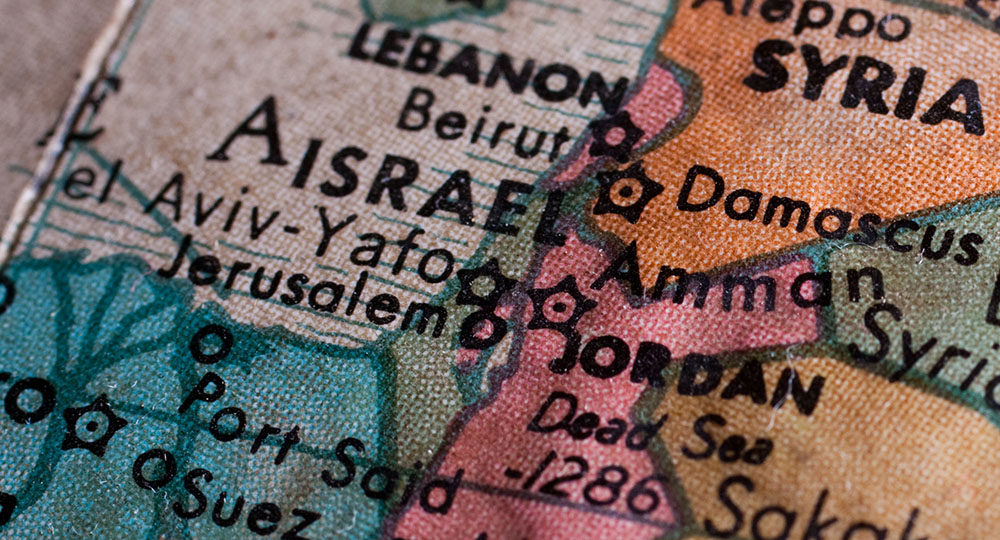


The ugly tentacles of revisionism are spreading over the Temple Mount. And if Arafat has his way, they eventually will reach all the way to Christ Himself.
The world may be “shrinking,” but financial debt is rising. The combination is a prescription for bankruptcy—and fulfillment of prophecy.
A new world order is indeed in the making, with summits, treaties, and agreements all prepared. And none embrace the tenets of biblical Christianity.
Did you know the Quran does not mention Jerusalem even once by name? Why, then, is that city so important to Muslims? The explanation is eye-opening.
They’re almost there. A “United States of Europe” is looming on the horizon with a parliament that is growing stronger every day. Just one key element is missing.